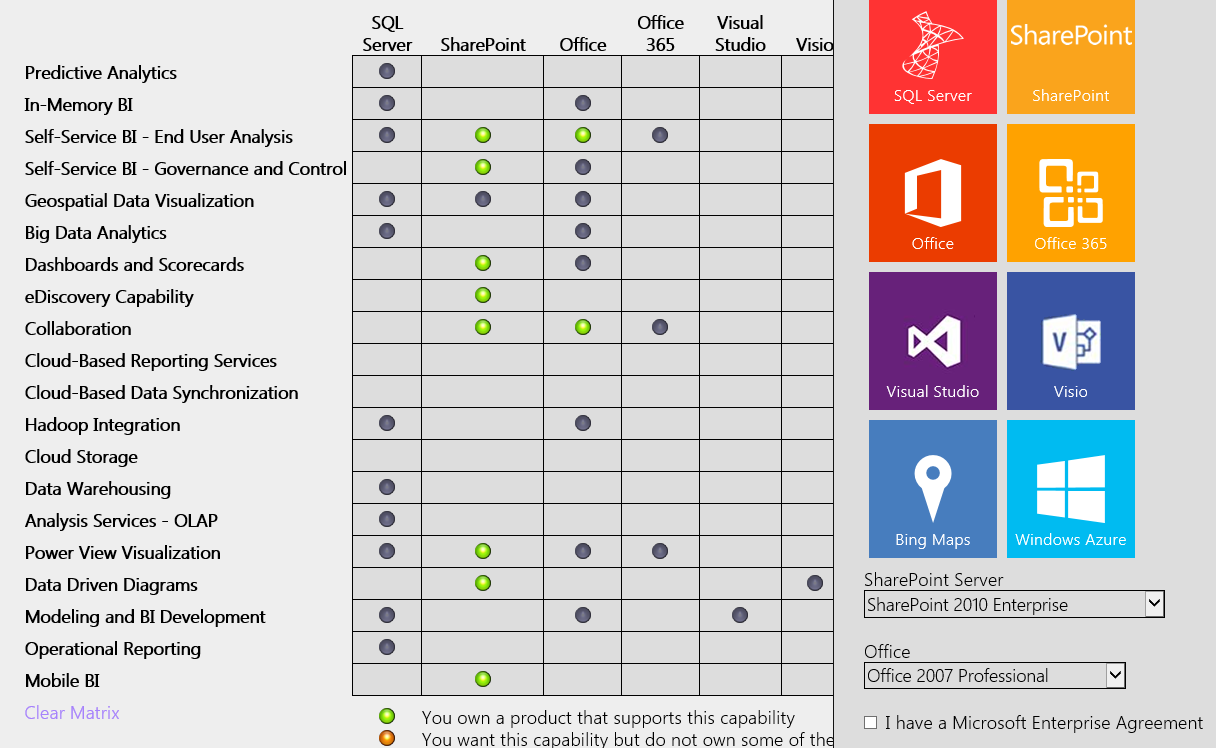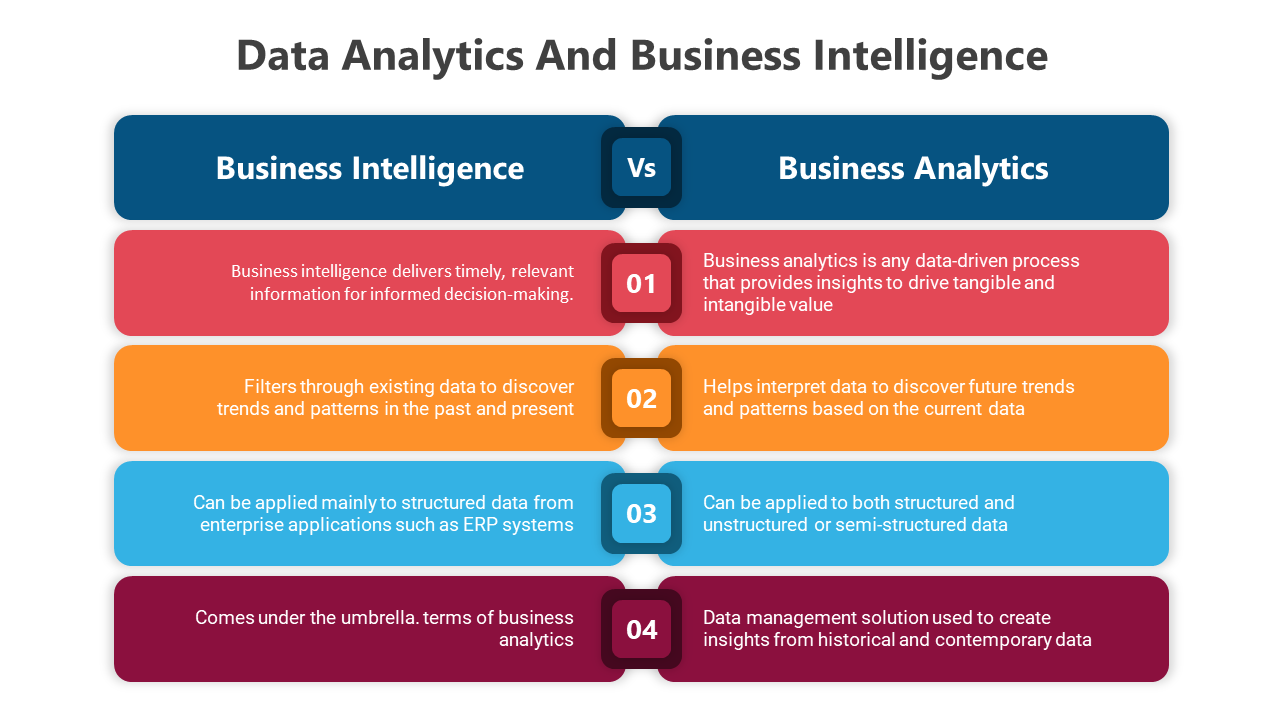What Is the Extent of Insurance Coverage for Car Accidents?
If you’re involved in a car accident, having adequate insurance coverage is crucial. It can safeguard you from financial ruin and ensure you have the resources to recover. Car accident insurance coverage comes in various forms, each offering specific protections. Let’s delve into the types of coverage available to determine what’s right for you.
Coverage Types
1. Liability Coverage
Liability coverage is the cornerstone of car accident insurance. It protects you if you’re found legally responsible for causing an accident. This coverage helps pay for damages to other people’s vehicles and property, as well as their medical expenses. Depending on your state’s laws, you may have minimum liability limits set by law. However, it’s wise to consider purchasing higher limits for more comprehensive protection. Think of it as a safety net that cushions you from the financial consequences of causing an accident.
2. Collision Coverage
As its name suggests, collision coverage covers damages to your own vehicle if you’re involved in an accident, regardless of who’s at fault. It’s like a guardian angel for your car, swooping in to protect it from the impact of another vehicle, a tree, or even a runaway shopping cart. Collision coverage is typically subject to a deductible, which is the amount you pay out of pocket before your insurance kicks in.
3. Comprehensive Coverage
Comprehensive coverage provides a broader range of protection than collision coverage. It shields your car from non-collision-related events, such as theft, fire, vandalism, and natural disasters. Imagine your car being whisked away by a tornado or hailed upon like a storm of tiny, icy hammers. Comprehensive coverage would be your knight in shining armor, ready to cover the costs of repairs or replacements.
4. Personal Injury Protection (PIP)
Personal injury protection (PIP) covers medical expenses and lost wages for you and your passengers, regardless of who’s at fault for the accident. It’s like a personal safety net, ensuring you have the financial resources to get back on your feet after an accident. PIP coverage is particularly beneficial if you don’t have health insurance or if your health insurance doesn’t fully cover accident-related expenses.
5. Uninsured/Underinsured Motorist Coverage
Uninsured/underinsured motorist coverage protects you if you’re hit by a driver who doesn’t have insurance or who has insufficient insurance coverage to pay for your damages. It’s a bit like a safety blanket, providing you with peace of mind knowing that you’re not left holding the bag if the other driver can’t afford to compensate you.
Insurance Coverage for Car Accidents: A Comprehensive Guide
After a car accident, dealing with insurance companies can be a daunting task. Understanding your coverage can help you navigate the process and ensure you receive fair compensation. This article will provide a comprehensive overview of insurance coverage for car accidents, including liability, collision, comprehensive, and uninsured/underinsured motorist coverage.
Liability Coverage
Liability insurance is a crucial component of car insurance. It covers the costs associated with injuries or property damage you cause to others in an accident. In most states, liability insurance is mandatory. There are two main types of liability coverage: bodily injury liability and property damage liability.
Bodily injury liability covers medical expenses, lost wages, and pain and suffering for injuries you cause to others in an accident. Property damage liability covers the cost of repairing or replacing property you damage, such as another car, a building, or a fence.
The amount of liability coverage you need depends on several factors, including your state’s minimum requirements, the value of your assets, and your personal risk tolerance. It’s important to carefully consider your needs and choose a coverage amount that provides adequate protection without breaking the bank.
For example, if you have a high net worth or own valuable property, you should opt for higher liability limits to protect your assets in case of a lawsuit. Conversely, if you are on a tight budget, you may consider lower liability limits to save money on your insurance premiums.
If you are at fault in an accident and do not have sufficient liability insurance, you may be personally responsible for paying any remaining costs. This could put your finances and assets at risk. Therefore, it is crucial to carry adequate liability coverage and review your policy regularly to ensure it meets your changing needs.
Insurance Coverage for Car Accidents: A Comprehensive Guide
When the unfortunate occurs on the road, having the right insurance coverage is akin to a protective shield. Navigating the intricacies of insurance can be daunting, particularly when faced with the aftermath of a car accident. Our comprehensive guide will delve into the nuances of insurance coverage, empowering you to make informed decisions that safeguard you and your vehicle.
Collision Coverage
Collision coverage is the shield that protects your vehicle from damage incurred during an accident, irrespective of who’s at fault. Just like a knight’s armor, it stands between your car and the unfortunate consequences of a collision. Whether you rear-end the car in front or find yourself in the unfortunate position of being the victim of another driver’s negligence, collision coverage ensures that your vehicle emerges from the wreckage with its integrity intact.
Comprehensive Coverage
Comprehensive coverage goes beyond the realm of collisions. It’s your guardian angel against a wide array of perils that threaten your vehicle’s well-being. From the wrath of Mother Nature in the form of hail, tornadoes, and floods to the mischievous acts of vandalism and theft, comprehensive coverage stands ready to come to your vehicle’s rescue. If your car were a superhero, comprehensive coverage would be its utility belt, equipped to handle any challenge that fate throws its way.
Liability Coverage
Liability coverage is a crucial element of car insurance, ensuring that you’re not left holding the bag when an accident results in injuries or property damage to others. It’s like having a financial airbag, protecting you from the potentially devastating costs of lawsuits and medical bills. Liability coverage is not a luxury; it’s a necessity that shields you from the burden of bearing the financial brunt of an accident that was your fault.
Uninsured/Underinsured Motorist Coverage
In a world where not everyone plays by the rules, uninsured/underinsured motorist coverage emerges as a lifesaver. This coverage serves as your champion if you have the misfortune of being involved in an accident with a driver who doesn’t carry insurance or whose insurance coverage falls short of covering your losses. Uninsured/underinsured motorist coverage is your knight in shining armor, ensuring that you’re not left stranded with hefty medical bills or repair costs.
Medical Payments Coverage
Medical payments coverage is a beacon of hope, providing a lifeline for medical expenses incurred by you or your passengers in the event of an accident, regardless of who’s at fault. It’s a comforting safety net, ensuring that you have access to the medical attention you need without the added stress of financial concerns. Medical payments coverage alleviates the burden, allowing you to focus on healing and recovery.
Insurance Coverage for Car Accidents: Navigating the Maze
After a car accident, the last thing you want to deal with is the financial burden of repairs and medical expenses. That’s why insurance coverage is crucial. But understanding the nuances of car insurance can be a daunting task. Let’s break down the basics to help you make informed decisions.
What Does Car Insurance Cover?
Car insurance policies typically cover three main areas:
- Liability: Protects you if you’re found legally responsible for an accident, covering expenses like medical bills and property damage.
- Collision: Covers damage to your vehicle if you’re involved in a collision with another car or object.
- Comprehensive: Provides protection against non-collision-related events, such as theft, vandalism, and natural disasters.
Comprehensive Coverage
Comprehensive coverage is indispensable if you want to safeguard your vehicle from events beyond your control. It typically covers:
- Theft: If your car is stolen, comprehensive insurance will reimburse you for its value or replace it.
- Vandalism: This coverage protects against malicious damage to your vehicle, such as broken windows or graffiti.
- Natural Disasters: Acts of nature like hurricanes, hailstorms, and earthquakes can wreak havoc on cars. Comprehensive coverage provides financial assistance for these situations.
- Fire: Unfortunately, your car can fall prey to fires, whether accidental or deliberate. Comprehensive insurance covers the costs of repairs or replacement.
- Animal Collisions: Surprisingly, collisions with animals like deer can cause significant damage to your vehicle. Comprehensive coverage has you covered in these instances.
Additional Considerations:
It’s important to note that comprehensive coverage usually comes with a deductible, which is the amount you pay out-of-pocket before your insurance kicks in. The higher the deductible, the lower your premium.
If you live in an area prone to specific events, such as hurricanes or hailstorms, you may want to consider additional coverage, such as riders or endorsements.
Bottom Line:
Car insurance coverage for accidents can be a lifesaver, providing financial protection against unexpected events. By understanding the different types of coverage available, you can make informed decisions to safeguard yourself and your vehicle. Remember to weigh the costs and benefits of each coverage option and choose what’s best for your individual needs.
Car Accident Insurance Coverage: What You Need to Know
After a car accident, you’re bound to be shaken up. The last thing you want to deal with is figuring out if you have the right insurance coverage. That’s why it’s crucial to review your policy and understand what it covers.
Types of Coverage
Auto insurance policies typically include several types of coverage:
- Liability coverage: Pays for damages caused to others in an accident you cause.
- Collision coverage: Covers damage to your own vehicle in an accident.
- Comprehensive coverage: Covers non-collision damages, such as theft, vandalism, and animal strikes.
- Medical payments coverage: Pays for medical expenses for you and your passengers, regardless of who’s at fault.
- Uninsured motorist coverage: Protects you if you’re hit by a driver without insurance.
Limits of Coverage
Insurance policies have limits on the amount they will pay for each type of coverage. For instance, your liability coverage may have a limit of $100,000 per person and $300,000 per accident. This means that if you cause an accident that results in $200,000 in damages, your insurance company will only pay up to the limit of $300,000.
Choosing the Right Limits
When choosing coverage limits, consider your assets, income, and the risk of accidents in your area. Higher limits provide more protection but also cost more. It’s advisable to consult with an insurance agent to determine the best coverage for your needs.
Deductibles
A deductible is the amount you pay out-of-pocket before your insurance coverage kicks in. Deductibles can range from $250 to $1,000 or more. Choosing a higher deductible will lower your premiums but increase your out-of-pocket costs in the event of an accident.
Exclusions and Limitations
Insurance policies often have exclusions and limitations. For example, most policies don’t cover damages caused by racing or driving under the influence of drugs or alcohol. It’s essential to carefully review your policy to understand what’s covered and what’s not.
Understanding Your Coverage
Take the time to understand your car insurance coverage before an accident occurs. By doing so, you can ensure that you’re protected financially and don’t have to deal with unexpected expenses. If you have any questions or concerns, don’t hesitate
Insurance Coverage for Car Accidents: Everything You Need to Know
Getting into a car accident can be a stressful and overwhelming experience. The aftermath can involve dealing with injuries, property damage, and the hassle of insurance claims. Understanding your insurance coverage for car accidents can help you navigate this process with confidence.
Liability Insurance
Liability insurance is required by law in most states. It covers the costs of injuries or damages to other people or their property that you cause in an accident. The limits of your liability coverage will determine the maximum amount your insurance company will pay out. Higher coverage limits provide more financial protection.
Collision Insurance
Collision insurance covers the cost of repairing or replacing your car if it’s damaged in an accident, regardless of who’s at fault. This coverage is optional but can provide peace of mind, especially if you have a newer or expensive car.
Comprehensive Insurance
Comprehensive insurance provides coverage for damage to your car caused by non-collision events, such as theft, vandalism, fire, or natural disasters. Like collision insurance, comprehensive coverage is optional but can be worth considering if your car is at risk of these types of incidents.
Uninsured/Underinsured Motorist Coverage
Uninsured/underinsured motorist coverage protects you if you’re hit by a driver who doesn’t have insurance or who doesn’t have enough insurance to cover your damages. This coverage can help you pay for medical expenses, lost wages, and pain and suffering.
Deductibles
A deductible is the amount you must pay out-of-pocket before your insurance coverage kicks in. Deductibles can range from a few hundred dollars to several thousand dollars. Higher deductibles typically result in lower premiums. Choosing the right deductible depends on your financial situation and risk tolerance.
There are three main types of deductibles:
- Comprehensive deductible: This deductible applies to comprehensive coverage.
- Collision deductible: This deductible applies to collision coverage.
- Glass deductible: This deductible applies to windshield replacement.
When selecting deductibles, consider the following:
- Higher deductibles lower your premiums.
- Lower deductibles provide more coverage but cost more.
- Choose a deductible that you can afford to pay out-of-pocket.
Understanding your insurance coverage for car accidents is crucial for protecting yourself financially after an accident. By knowing your options, you can choose the coverage that best meets your needs and provides the peace of mind you deserve.
Insurance Coverage for Car Accidents: A Comprehensive Guide
Driving is a daily necessity for many of us, but no one wants to think about the possibility of getting into an accident. However, it’s essential to be prepared and understand your insurance coverage in case it happens. Insurance coverage for car accidents protects you financially if you’re involved in a crash, whether you’re at fault or not. It can provide peace of mind knowing that you’re covered in case of the unexpected.
Types of Coverage
There are various types of insurance coverage available for car accidents. The most common include:
- Liability coverage: This covers damages you cause to others in an accident, including medical expenses, property damage, and lost wages.
- Collision coverage: This covers damage to your own vehicle in an accident, regardless of fault.
- Comprehensive coverage: This covers damage to your vehicle from non-collision events, such as theft, vandalism, or weather-related incidents.
- Personal injury protection (PIP): This covers medical expenses and lost wages for you and your passengers in an accident, regardless of fault.
- Uninsured/underinsured motorist coverage: This covers you if you’re in an accident with a driver who doesn’t have insurance or doesn’t have enough insurance to cover your damages.
Premiums
The cost of your insurance premiums depends on several factors, including your driving history, age, vehicle type, and location. Safe drivers with a clean record typically pay lower premiums than those with accidents or violations on their record. Premiums also tend to be higher for younger drivers and those driving high-risk vehicles, such as sports cars. Your location can also impact premiums, as some areas have higher accident rates than others.
Deductibles
A deductible is the amount you pay out of pocket before your insurance coverage kicks in. Deductibles can affect your premiums and your coverage levels. A higher deductible means lower premiums, but you’ll have to pay more out of pocket in the event of an accident. It’s important to choose a deductible that you can afford to pay.
Filing a Claim
If you’re involved in an accident, it’s crucial to file an insurance claim as soon as possible. Contact your insurance company and provide them with information about the accident, including your policy number, the date and location of the accident, and the names and contact information of the other drivers involved. Be prepared to provide documentation, such as a police report or medical bills.
Getting Legal Help
In some cases, you may need to seek legal help after a car accident. This may be necessary if you’re disputing the insurance company’s decision on your claim or if you’re seeking compensation for damages beyond what your insurance policy covers. An attorney can help you navigate the legal process and protect your rights.
Insurance Coverage for Car Accidents: A Guide to Understanding Your Options
After a car accident, knowing your insurance coverage is crucial. Understanding what your policy entails empowers you to make informed decisions and navigate the claims process smoothly. Car accident insurance coverage typically includes:
• Bodily injury liability: This covers the medical expenses of individuals injured in an accident you cause.
• Property damage liability: This covers damages caused to another person’s property in an accident you cause.
• Collision coverage: This covers damages to your vehicle caused by collision with another vehicle or object.
• Comprehensive coverage: This covers damages to your vehicle caused by non-collision incidents, such as theft or vandalism.
Determining Your Coverage
The type and amount of car accident insurance coverage you need depend on several factors. Consider the following:
• State requirements: Minimum coverage amounts vary by state. Check your state’s regulations to ensure you meet the legal requirements.
• Vehicle value: Higher-value vehicles typically require more comprehensive coverage.
• Driving habits: Factors like your driving record and annual mileage can impact your insurance premiums.
Other Factors
Additional factors to consider when choosing car accident insurance include the age of your vehicle, your driving history, and your budget. Younger vehicles often require more comprehensive coverage, while older vehicles may benefit from liability-only coverage. A clean driving record can qualify you for discounts, and your budget should ultimately guide your coverage decisions.
Understanding Liability Coverage
Liability coverage protects you financially if you cause an accident and are liable for damages. Bodily injury liability covers medical expenses, while property damage liability covers property damage. Higher liability limits ensure more financial protection.
Collision and Comprehensive Coverage
Collision coverage repairs or replaces your vehicle if it’s damaged in a collision. Comprehensive coverage extends protection to non-collision incidents like theft or vandalism. Collision coverage is generally more expensive, while comprehensive coverage is recommended for newer vehicles or those with high loan balances.
Uninsured and Underinsured Motorist Coverage
Uninsured motorist coverage protects you if you’re hit by a driver without insurance. Underinsured motorist coverage supplements your bodily injury liability coverage when the at-fault driver’s insurance is insufficient to cover your expenses.
Making Informed Decisions
Choosing the right car accident insurance coverage is crucial for financial protection and peace of mind. By carefully considering your state’s requirements, vehicle value, driving habits, and budget, you can tailor a policy that meets your specific needs. Remember, insurance is not a one-size-fits-all solution. It’s essential to consult with an insurance professional to determine the best coverage options for your situation.




Leave a Reply